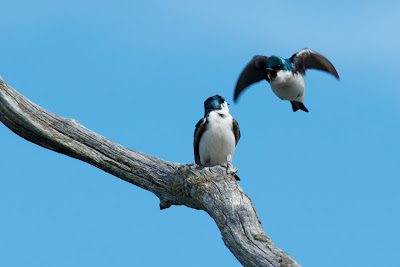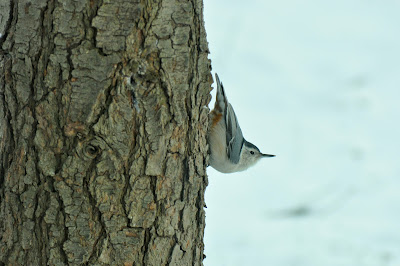FDR's bird collection tucked into a corner was tougher to find than a Kirtland's Warbler.
You never know what act of fate starts a child down a career path. Sunday we learned a fascinating ornithological fact about our 32nd president. Susan and I made a stop at Franklin Delano Roosevelt’s home at Hyde Park, New York, on our way to the east coast. It was another of the National Park properties we often said, “Someday we gotta stop and see ...” Today was the day.
The tour of FDR’s home is something not to be missed. Amidst the collection of FDR’s sailboat prints and other navy memorabilia, tucked back in a corner that none of the other people on the tour noticed, was a cupboard filled with bird specimens.
We identified about 50 species in the cupboard, then asked the tour guide about the birds.
The park ranger told us, when FDR was about eight years old he began to collect and taxidermy birds. He emulated many of the things his cousin, Teddy Roosevelt, 26 years his senior, did. FDR was an avid collector, obtaining most of his species on home property, Springwood, at Hyde Park. FDR’s interest in ornithology continued until the boy was about 12 years old. A series of illnesses led doctors to the knowledge that the arsenic used to preserve bird skins back in the day, was the cause of FDR’s health problems.
The house at Springwood holds about one-fifth of FDR’s prepared
specimens, the remainders of the collection are in the Natural History Museum in New York City.
And since the ornithology thing wasn’t working out for him, FDR had to choose another career path and the rest, as they say, is history.
(Full disclosure: Thanks to Susan for the loan of the camera, computer, jump drive and patience required to produce this blog. No animals were harmed in its production.)
As up close as we were allowed to view. No flash, please!





































